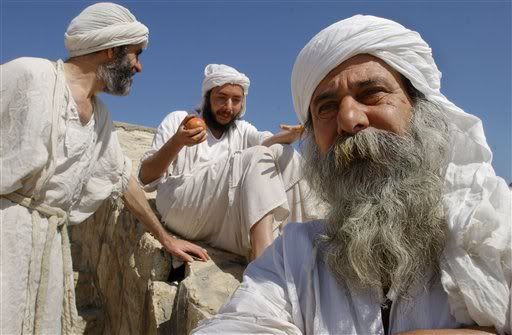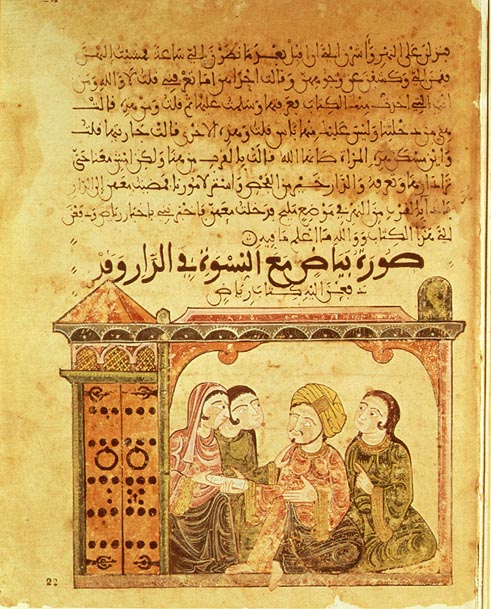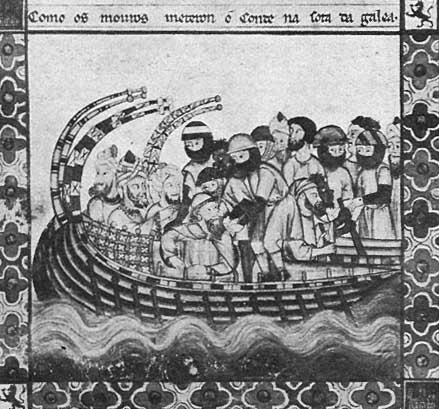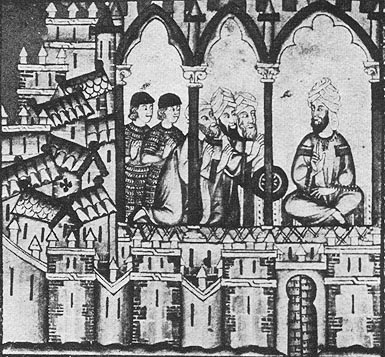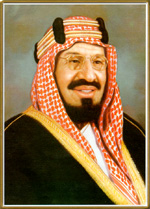Originally posted by dana marniche:
quote:I guess someone didn't familiarize themselves with the classical Arabic or read Wesley Muhammad's articl let along Tariq Berry's site.
Originally posted by melchior7:
"He made his camel kneel down in the mosque, tied its foreleg and then said: "Who amongst you is Muhammad?" At that time the Prophet was sitting amongst us (his companions) leaning on his arm. We replied, "This white man reclining on his arm." He then then addressed him, "O Son of 'Abdul Muttalib." -Sahih Bukhari 1:3:63
I saw the Messenger of Allah (may peace be open him) pronouncing taslim on his right and on his left till I saw the whiteness of his cheek"
-Sahih Muslim 4:1208
More form the Hadith
Volume 1, Book 3, Number 63:
"Narrated Anas bin Malik:
While we were sitting with the Prophet in the mosque, a man came riding on a camel. He made his camel kneel down in the mosque, tied its foreleg and then said: "Who amongst you is Muhammad?" At that time the Prophet was sitting amongst us (his companions) leaning on his arm. We replied, "This white man reclining on his arm." The an then addressed him, "O Son of 'Abdul Muttalib."
---
Volume 4, Book 56, Number 744:
Narrated Isma'il bin Abi Khalid:
I heard Abii Juhaifa saying, "I saw the Prophet, and Al-Hasan bin 'Ali resembled him." I said to Abu- Juhaifa, "Describe him for me." He said, "He was white and his beard was black with some white hair. He promised to give us 13 young she-camels, but he expired before we could get them."
Volume 2, Book 17, Number 122:
Narrated 'Abdullah bin Dinar:
My father said, "I heard Ibn 'Umar reciting the poetic verses of Abu Talib: And a white (person) (i.e. the Prophet) who is requested to pray for rain and who takes care of the orphans and is the guardian of widows."
---
Volume 2, Book 17, Number 141:
Narrated Anas bin Malik
The Prophet never raised his hands for any invocation except for that of Istisqa' and he used to raise them so much that the whiteness of his armpits became visible.
---
Volume 1, Book 8, Number 367:
He uncovered his thigh and I saw the whiteness of the thigh of the Prophet."
The term "white" as they point out in the Arab dialect refered to somebody the color of Beyonce or millions of Afro Americans not people of Europe. And that was only in later times as before in Muhammed's time the term simply referred to the brilliant or shining and unblemished black skin.
Dhahabi, a Syrian who travelled through the Hijaz commented,
"When Arabs say, ‘so-and-so is white (abyad),’ they mean a golden brown complexion with a black appearance (al-hinãÊ al-lawn bi-hilya suda"). Like the complexion of the people of India, brown and black (asmar wa adam), i.e. a clear, refined blackness (sawad al-takrår)” .
Ibn Manzur of Tunisia 14th century, who wrote essentially the same as Dhahabi in his dictionary Lisaan al Arab said:
The Arabs don’t say a man is white [or: “white man,” rajul abyad] due to a white complexion. Rather, whiteness [al-abyad] with them means an external appearance that is free from blemish; when they mean a white complexion they say ‘red’ (aÈmar)… And the Arabs ATTRIBUTE WHITE SKIN TO THE SLAVES. [emphasis mine]"
These were quoted from Tariq Berry's book and Dr. Wesley Muhammad's papers.
The Ibo also use the term "white" in the same way as the ancient Arabs as do other black Africans for their own people.
Early descriptions of Muhammed call him akhdar, later ones he is refered to as reddish white (of course by NON-ARABS) which would fall more into the "white" in the Western sense category.
Most importantly Wesley Muhammad quotes other scholars who were familiar with the term Asmar or Sumra used by al Jauzi and others for both Arabs and Abyssians. Hence the Arabians were the color of Abyssinians i.e. the Ethiopians and the southern Sudanese. This is the range of their blackness according to early writers dark golden brown of the Beja sort to jet black (shadeed al udma) of the southern Sudan or Somalia.
This is why Jahiz said if they are fair in color then they are from the Persians, slabs or Saqaliba, Rum (Byzantines) etc.
Muhammad has also put on line a paper that deals with the Chinese Muslim manuscripts in which all descriptions of Arabs are that they are black or dark brown in color.
http://drwesleywilliams.com/yahoo_site_admin/assets/docs/Muhammad_Black_Arabs_China_Site.187112134.pdf
So much for the Iranian Abbasid hadiths.
![[Wink]](wink.gif) Truthfully some of them leave you wondering if they knew what Arabs in Arabia even looked like.
Truthfully some of them leave you wondering if they knew what Arabs in Arabia even looked like. Wesley Muhammad is not asking "was Muhammed "white" or "black", It is obvious what he WASN'T. (And not that that matters ) His papers explore how a man whose tribe and clan was so famously black in color became "white" in the eyes of other Middle Eastern peoples.
Muhammad was a member of the Banu Hashim a clan of the Quraysh a branch of Kenaanah a notoriously black tribe of the notoriously black children of Qedar or Adnanites. Many of their descendants still occupy Iraq and the Shott al Arab still resembling the Bisharin and Africans of the Horn and Arabs of Sudan and Sahel.
The tribes closely related to Muhammeds clan remain and the Quraysh remain with "shining" and black skin in the Hijaz or Tihama. Including the Hudhail from which came Banu Makzumi mentioned by Jahiz.
All of Muhammeds direct ancestors on both his father and mother's side are described as near black or jet black in color. As are some of his near descendants.
Dhahabi, the Syrian, also "said Mohamed Al-Nafs Al-Zakia was "black-skinned and huge". Berry first posted on his site about Mohamed Al-Nafs Al-Zakia a letter to the anti-black i.e. Anti Arab Abbasid leaders, “I am descended from the Prophet (SAWS) from my mother's side and my father's side. I am the purest of Bani Hashim…no non-Arab blood flows through my veins, and I AM NOT RELATED TO THE SLAVE GIRLS.” His son Hasan is in fact nicknamed “the FATHER OF TAR” in Ibn Hazim's Jumharat Ansaab Al Arab due to his complexion"
Muhammed's clan was near jet black in color as are modern Kinanah tribes such as Hudhail amd Quraysh. I doubt whether Muhammed was as light as the average African American no matter how shining (or "white" in the Arab dialect of his time) his skin and hair were.





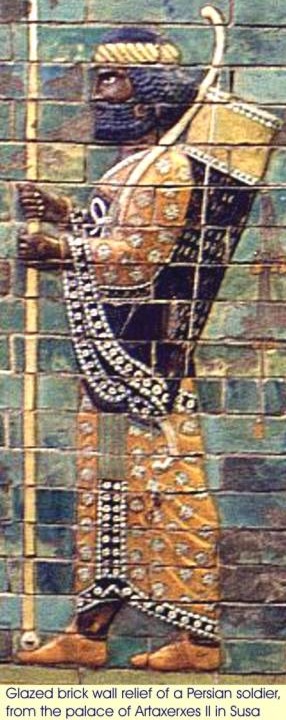














![[Cool]](cool.gif)



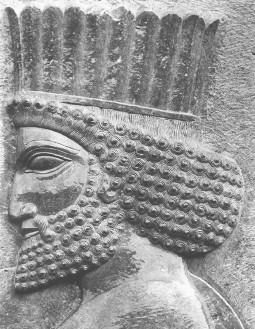
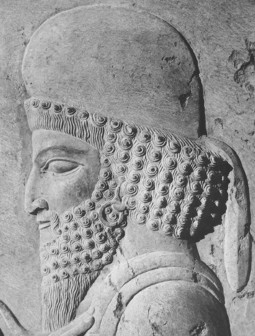
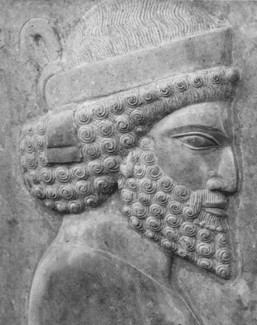
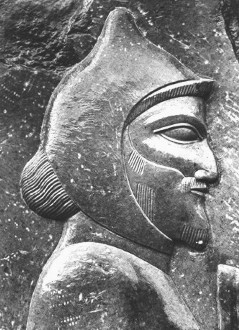
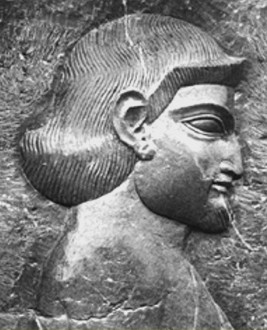
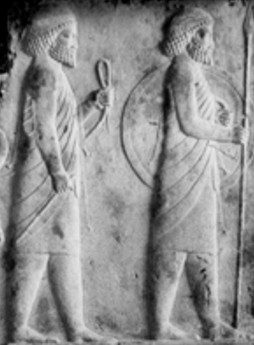
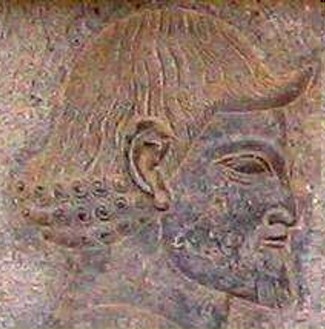
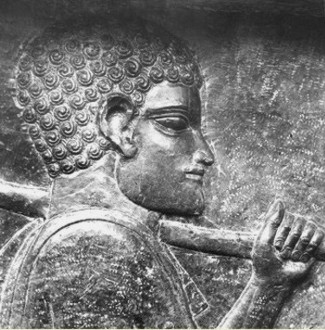
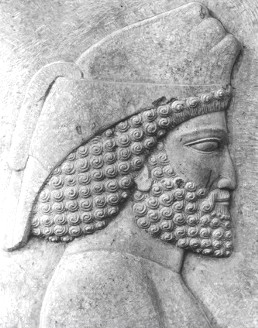
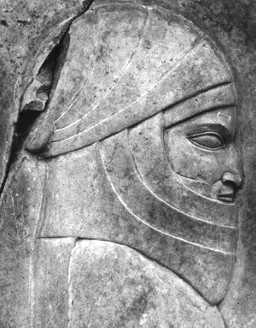
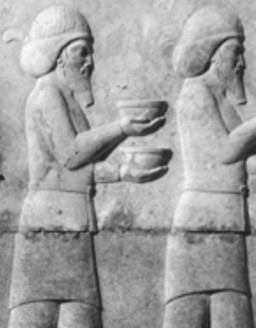
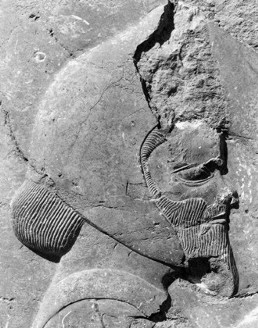
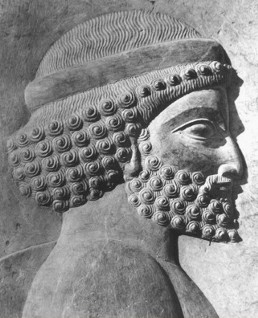
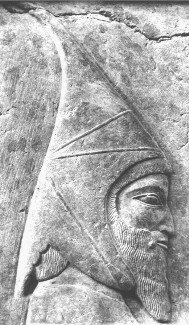
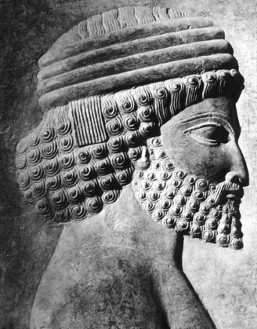
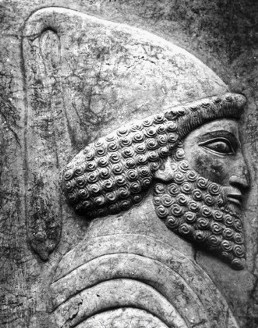
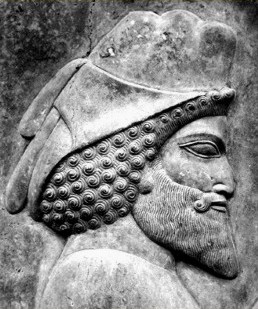
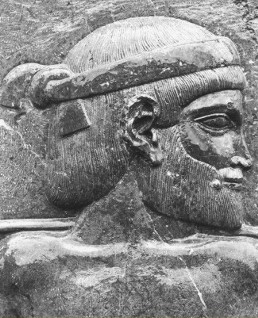
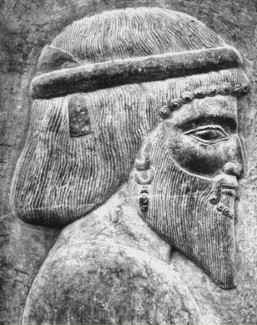
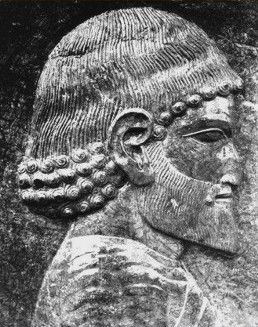
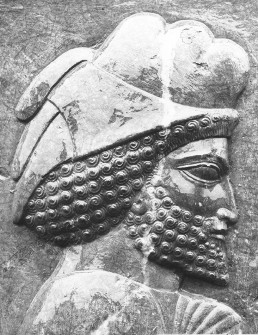
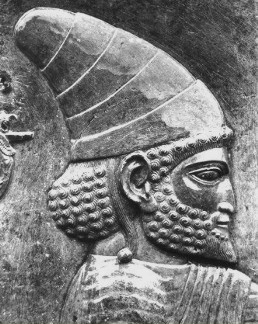
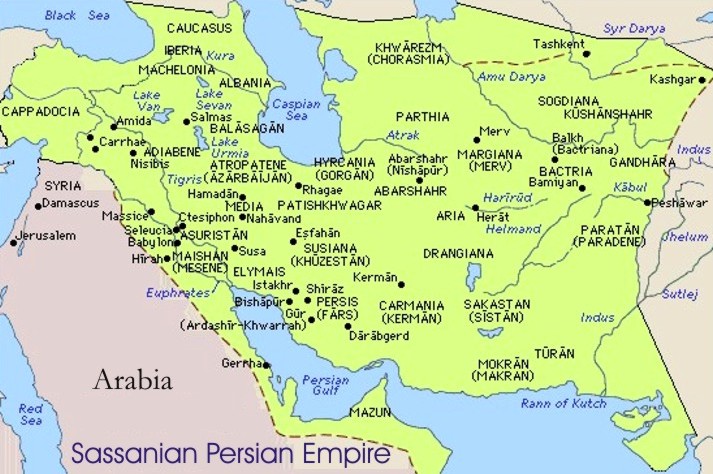
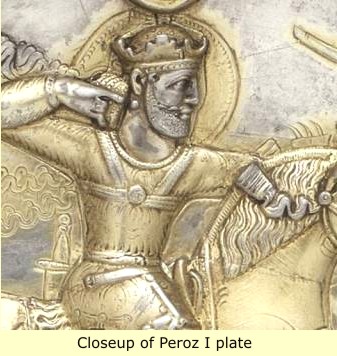
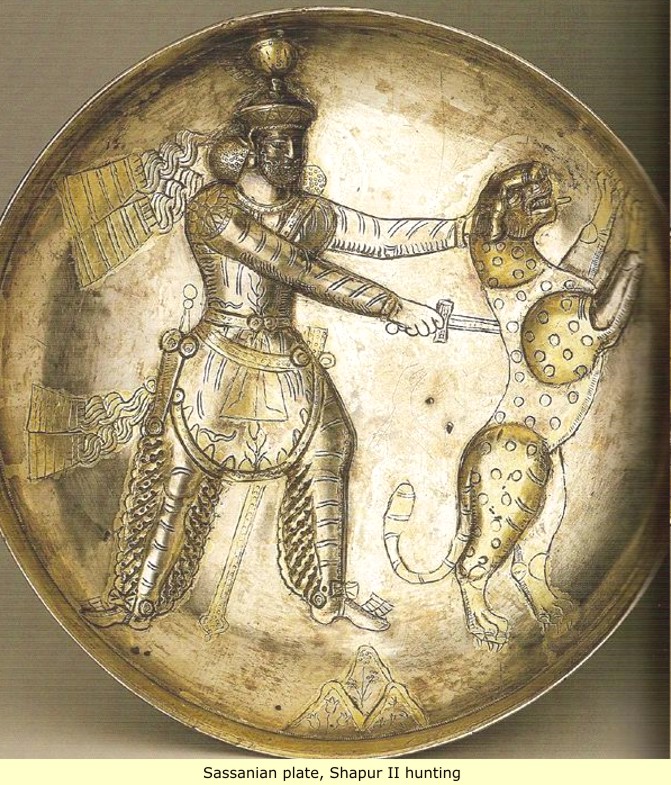
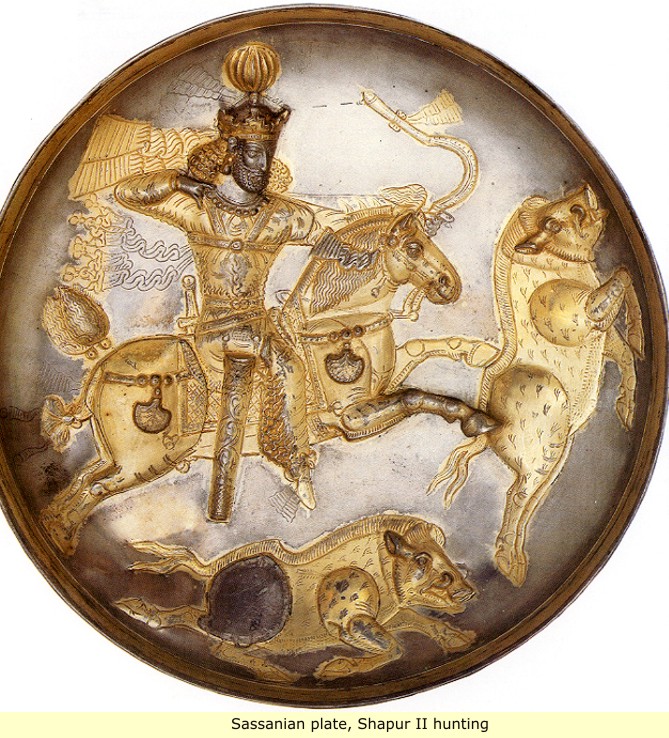
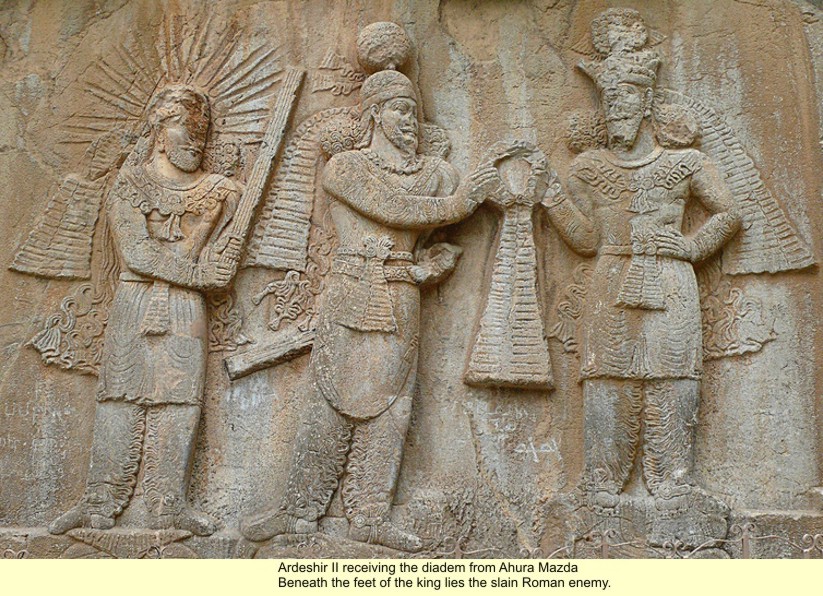
 mi poor yeye dem...
mi poor yeye dem...



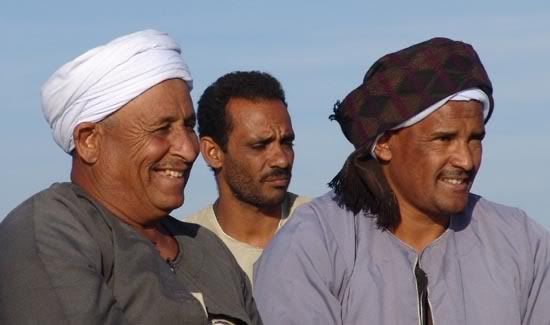




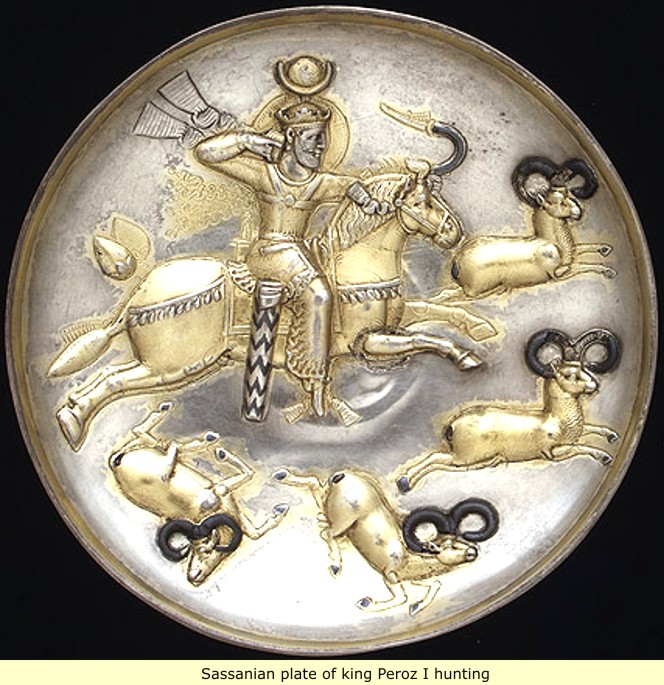
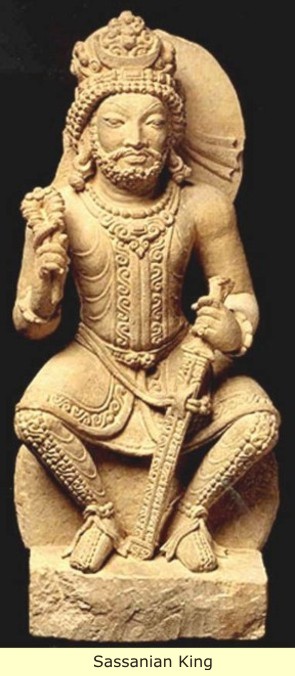
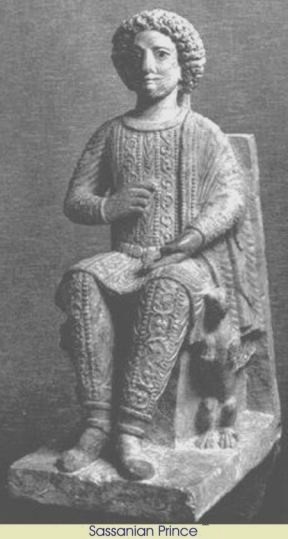





![[Roll Eyes]](rolleyes.gif)




![[Big Grin]](biggrin.gif)
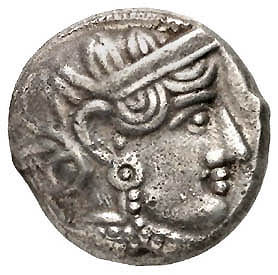



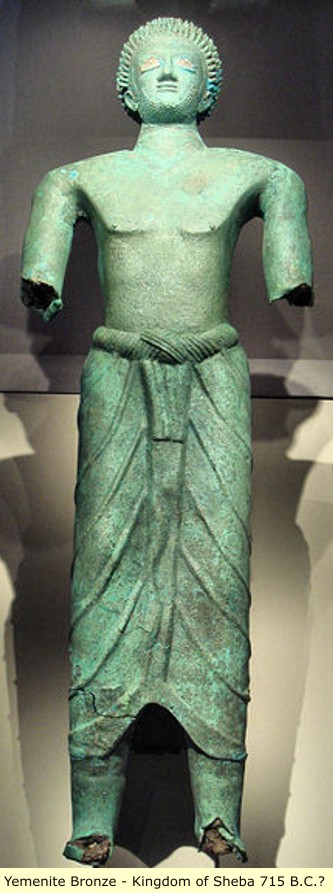
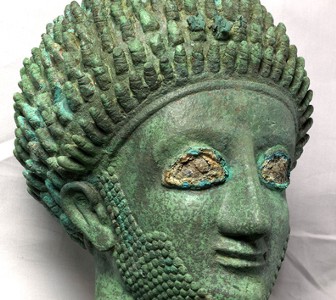
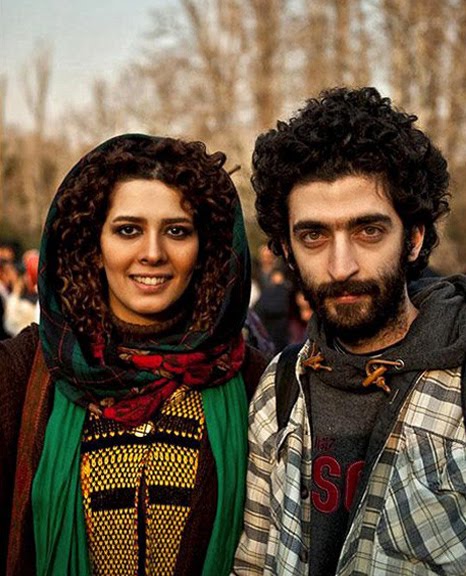

![[Confused]](confused.gif)
![[Razz]](tongue.gif) ).
).







![[Frown]](frown.gif)



